What is the tolerance range of precision screws?
What is the tolerance range of precision screws?
Service Hotline
+86760-8787 8587We have more than ten years of production experience in the screw industry, the main products are: Dongguan Yueluo, fastening nuts, washer GB93, hexagonal cap nuts, DIN970 hexagonal nuts, adjusting nuts, hand adjusting screws, ring lifting nuts, flat rivet nuts , Ring nut, cylindrical screw cap, pipe clamp screw, hexagon socket bottom hole 7.2 outer diameter, square neck screw, single head hexagon stud bolt screw and other fasteners, due to different product materials and specifications, the price also varies different, please contact us if necessary.


Type 1 nut refers to an ordinary hexagonal nut with a nominal height of m ≥ 0.8D. Its type and size should meet the requirements of GB/T6170; while the height of type 2 nut is higher than that of type 1 nut, its type and size should comply with GB/T6170. T6175. There are two purposes to increase the type 2 nut: one is to obtain a relatively inexpensive nut that does not require heat treatment by increasing the height of the nut. Because D≤M16 grade 8 type 1 nuts do not need heat treatment, among grade 8 nuts, only the specifications of D>M16~39 use type 2 nuts. Obviously, type 1 nuts that do not need heat treatment cannot reach grade 9 nuts. Mechanical property requirements. Another purpose of specifying Type 2 nuts is to obtain a more ductile grade 12 nut. As the height of the nut increases, the guaranteed stress index can be achieved at a lower quenching and tempering hardness, so the toughness of the nut is increased. Classified by tooth spacing: standard teeth, regular teeth, fine teeth, very fine teeth and cross teeth. Classification by material: stainless steel hexagon nuts and carbon steel hexagon nuts, copper hexagon nuts, iron hexagon nuts. Classification by thickness: hexagonal thick nuts and hexagonal thin nuts. Classification by usage: hot melt copper nut, hot pressed copper nut, embedded copper nut and ultrasonic copper nut
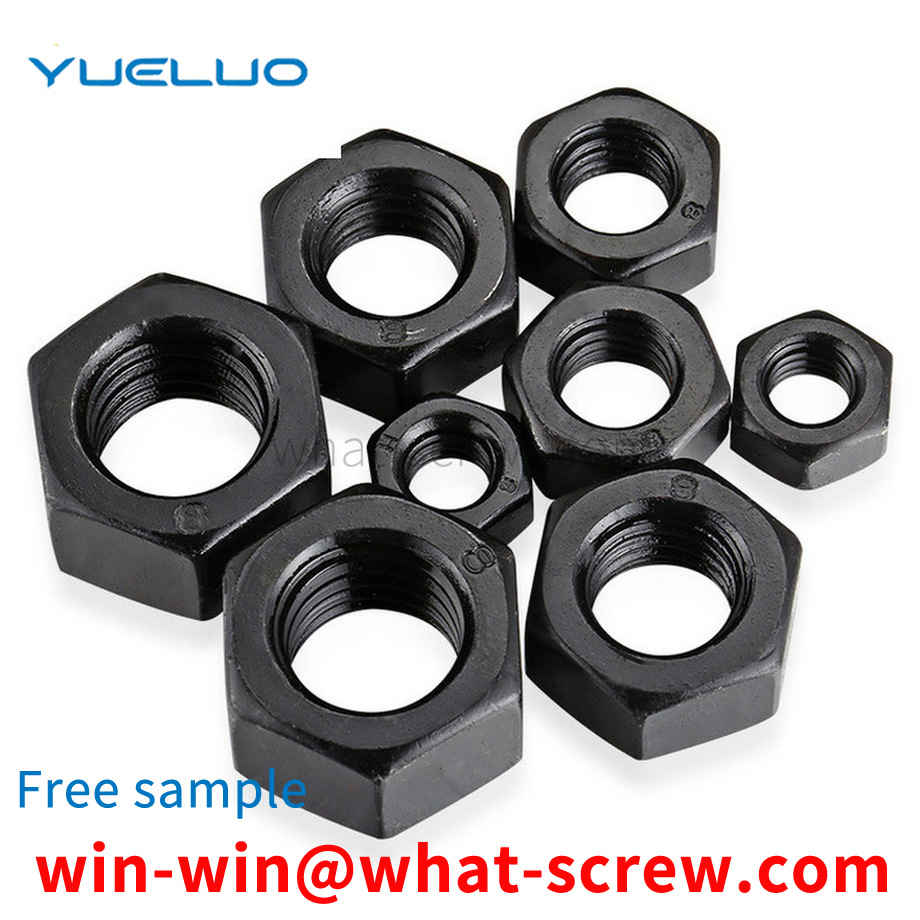
Now people often use spring washers to lock nuts and bolts, spring washers, generally stainless steel and carbon steel non-closed spiral washers, under the nut, above the flat washer, increase the friction between the nut and the bolt, used to prevent The nut is loose to prevent vibration from loosening
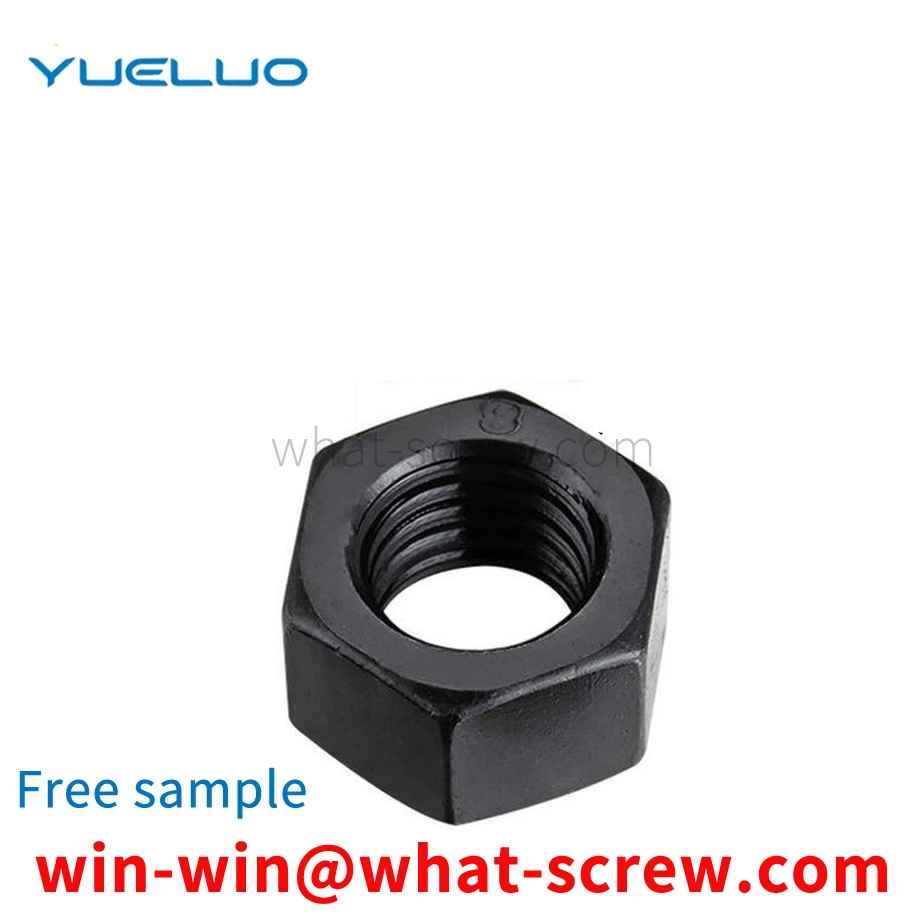
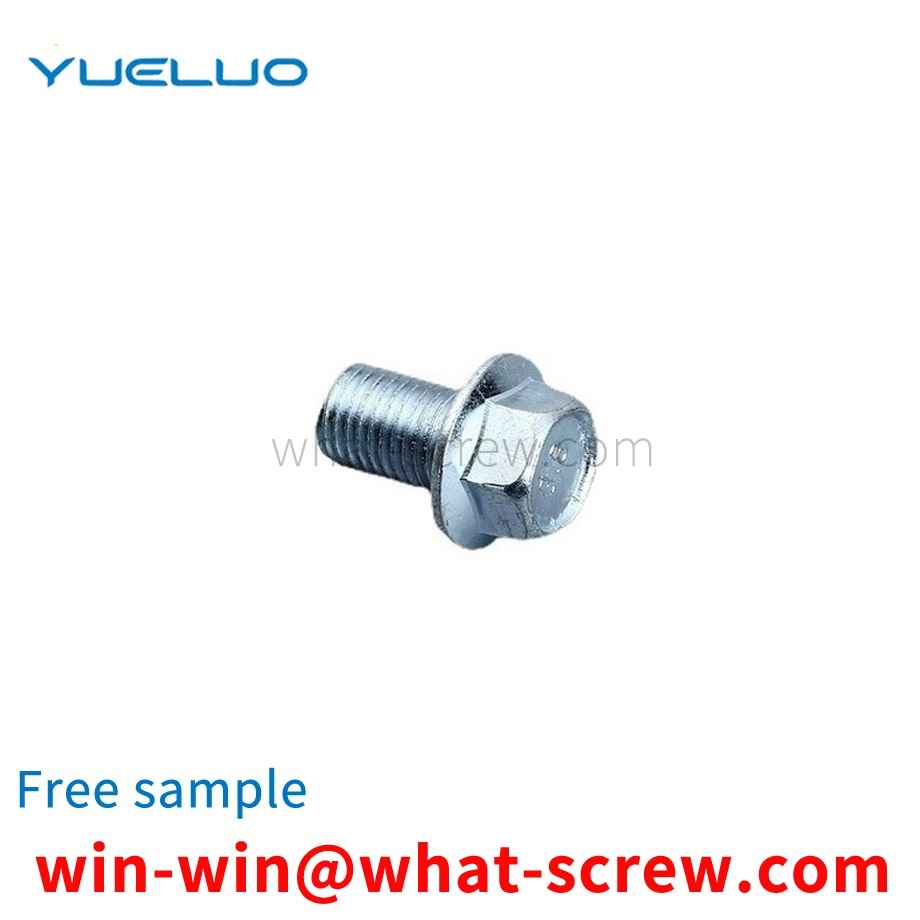
In some special occasions, both objects need to be riveted and have good waterproof performance. The existing rivets have poor waterproof performance and often have problems such as water seepage.
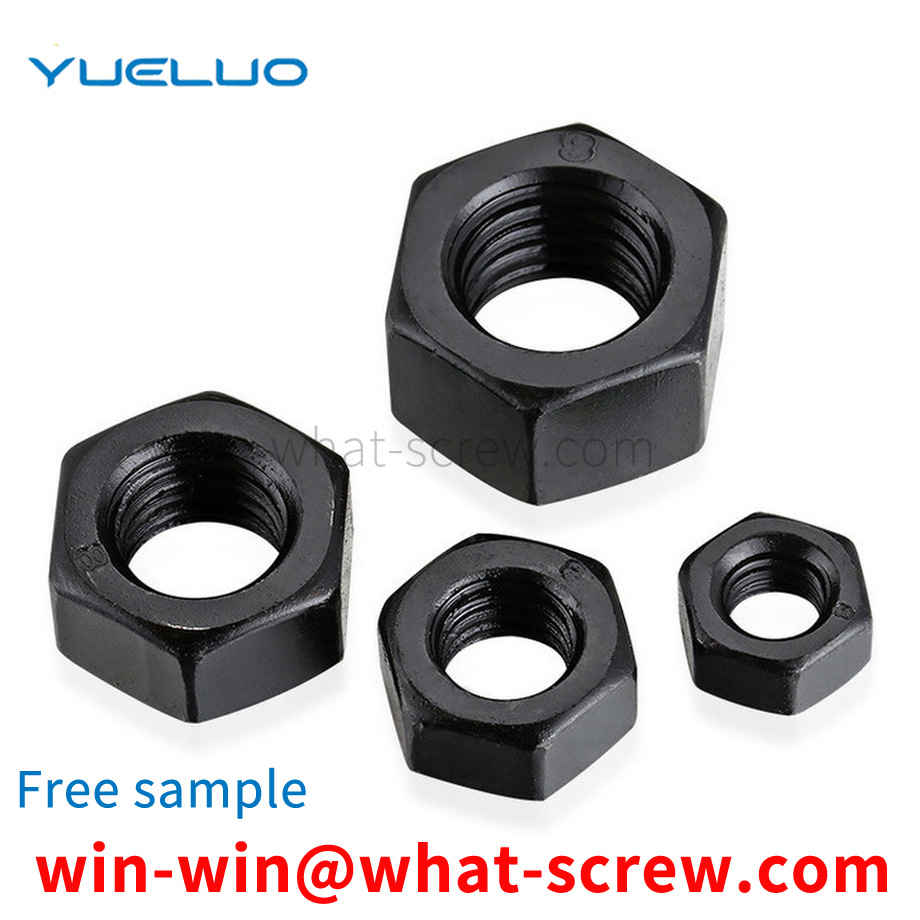
Other names of lock nut: root nut, locknut, nut. Purpose: To lock the outer joint of the through wire or other pipe fittings. The working principle of the nut is to use the friction between the nut and the bolt for self-locking. However, the reliability of this self-locking is reduced under dynamic loads. In some important occasions, we will take some anti-loosening measures to ensure the reliability of the nut locking. Among them, the use of lock nuts is one of the anti-loosening measures. There are also three types of lock nuts: The first is to use two identical nuts to screw on the same bolt, and add a tightening torque between the two nuts to make the bolt connection reliable. The second is a special anti-loosening nut, which needs to be used together with a kind of anti-loosening washer. The special lock nut is not a hexagonal nut, but a medium round nut. There are 3, 4, 6 or 8 notches on the circumference of the nut (depending on the size of the nut and the product series of the manufacturer). Several notches are both the focal point of the tightening tool and the snap-in of the lock washer bayonet. The third type is to drill through threaded holes from the outer surface of the nut to the inner thread surface (usually 2, which are distributed at 90 on the outer surface), which are used to screw in small-diameter countersunk head screws. The purpose is to give the thread Apply a centripetal force to prevent the locknut from loosening. The better quality lock nut sold on the market is inlaid with a small copper block that is consistent with the thread of the lock nut on the inner surface of the nut to prevent the radial jacking screw from directly contacting the locked thread and damaging the latter. . This kind of lock nut is gradually applied in the shaft end locking of rotating motion parts, such as the anti-looseness of the bearing at the mounting end of the ball screw. The second anti-loosening method is more reliable than the first, but the structure is relatively complex. Compared with the first two, the third clock has the characteristics of better anti-loosening effect, simpler and more beautiful structure and smaller axial size.
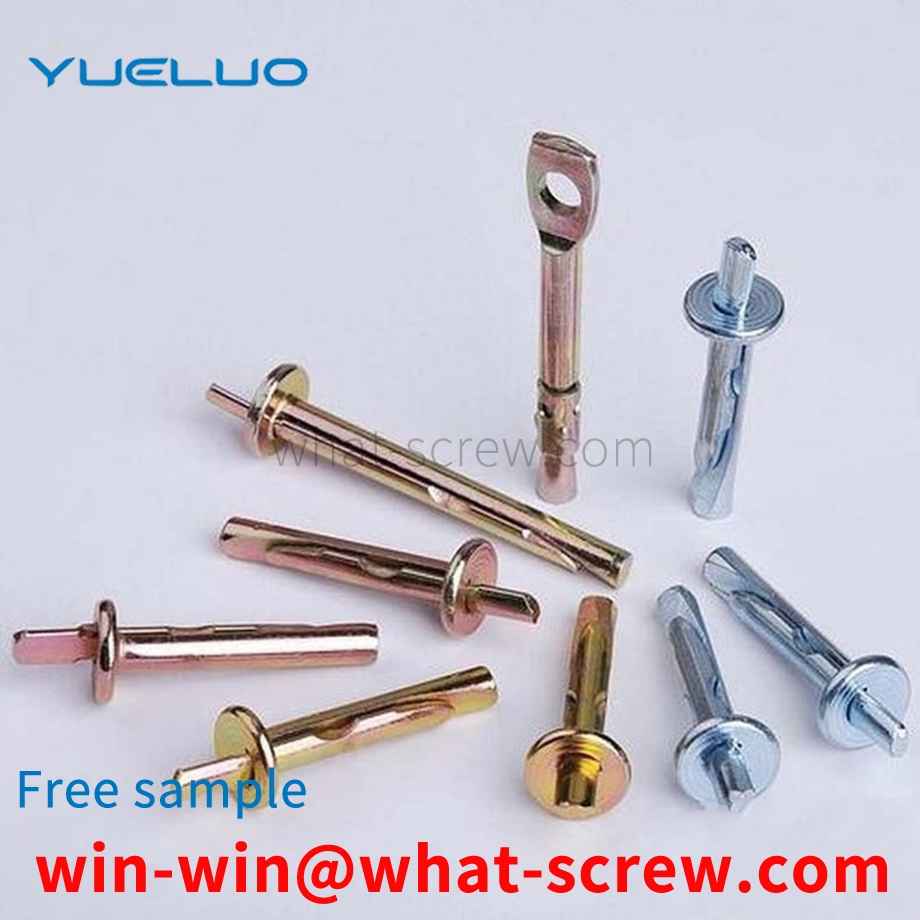
The above content is uploaded by Yueluo or the Internet. If there is any copyright issue, please contact [email protected].

What is the tolerance range of precision screws?

How to choose the right stainless steel screw manufacturer?

Why is there an R angle under the head of the hexagon head s...

We have more than ten years of experience in screw industry ...

We have more than ten years of experience in screw industry ...

We have more than ten years of experience in screw industry ...

We have more than ten years of production experience in the ...